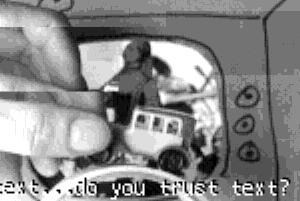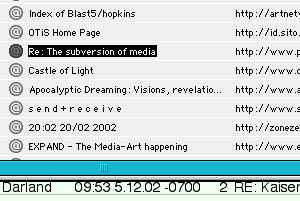A few comments on where the site is in the moment:
A year ago my old friend, Howard Rheingold—the Silicon Valley journalist, who, among other activities was part of the WELL and who coined the term “virtual communities”—connected me with a start-up hosting company, ReClaim, that caters to the educational community. I’ve been part of the global educational community for more than thirty years: if the shoe fits! That and I’ve been increasingly annoyed/disgusted with GoDaddy—fifteen years the site host—for re-defining their “unlimited” hosting offers. In 2021 they threatened to kill the neoscenes.net site unless I deleted 30 of the 40 gigs of content. Faugh, enough of that: I signed on with ReClaim immediately. Rescued! This was the sixth major platform rollover for the site since 1993, and it’s only recently that I was able to take the time to revive those 30 gigs of the archival content.
There are still some format/embed and sizing problems with images that accompanying postings before 2009, brought on by fundamental changes in WordPress. It’s an endless process to keep the beast up to even a minimal contemporary standard. Currently there are ~8100 entries, several thousand images, a few hundred videos and maybe 2,000 audio pieces. I’ve decided if I can hit 10,000 substantive entries I will either stop posting, and/or be declared a daisy-pusher.

In the meantime, compiling the wretched news on Social Security and Medicare, monthly income will be, well, grim, in this, the richest … country … in … the … world (sorry, gagging on the phrase). Okay, okay, I am a privileged white male who tried to follow his own idiosyncratic path internationally. And, honestly, it feels like the ‘system’ it meting out its interpretation of just punishment for my ludicrous belief that what I did along that path had some socially-redeemable value in cash: it didn’t.
Staring out the window on the unseasonably warm and very dry environs, waiting for the arrival of a colleague to gather the remaining office gear: two MacBook Pros; an iMac; iPad; a couple Dell monitors; 2000 slides in archival boxes; a set of data DVDs; some of the org swag accumulated over the years; university credit card; Mines BlasterCard ID; various cables; and my internal identity as an employee of the Colorado Geological Survey and the Colorado School of Mines. It was a job I took out of desperation to lock in some minimal fiscal security before boredom, age, and ageism made it impossible. Indeed, it filled that role, somewhat, but I’m still in a relatively precarious state. Will soon liquidate the Cedaredge property if a reasonable renter can’t be found, though I hate to give up the Covid-era 2.25% mortgage!



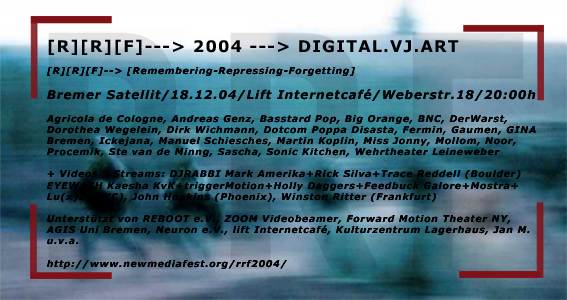
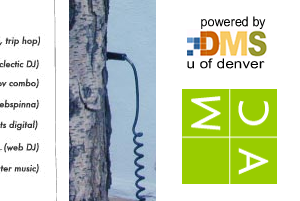
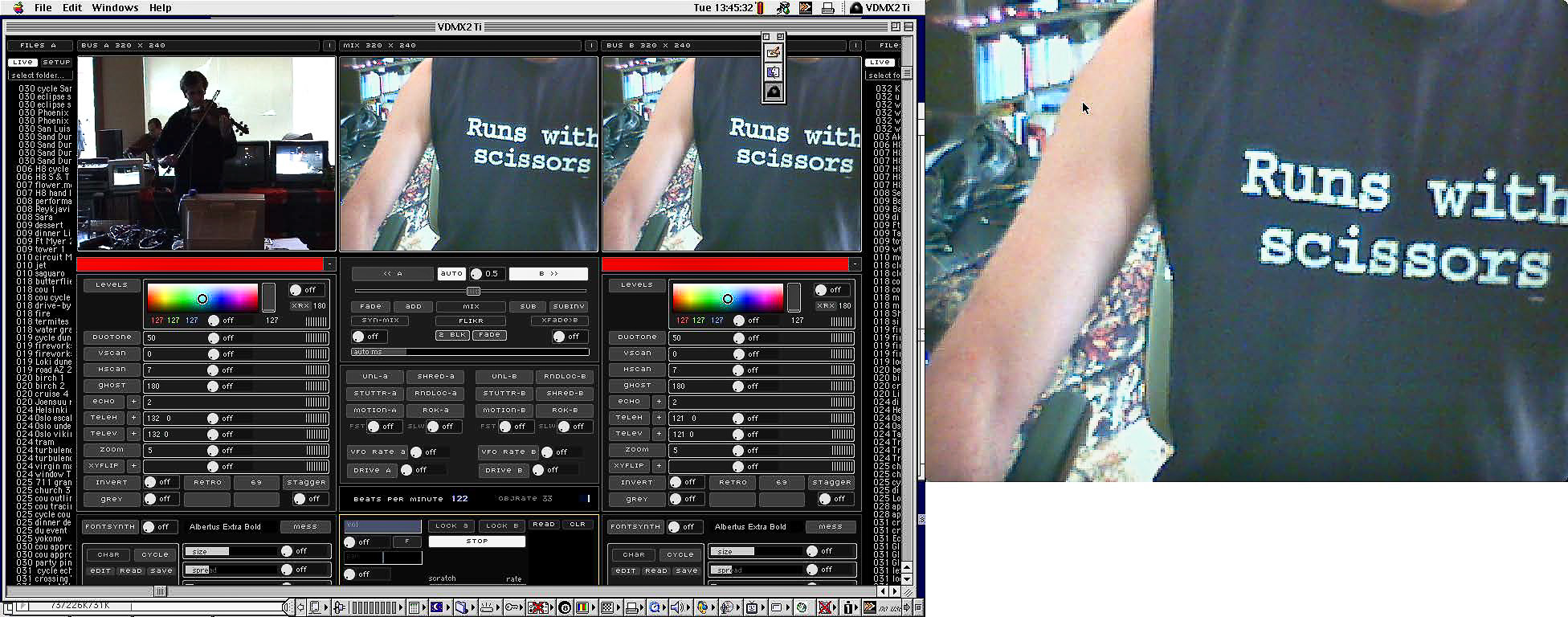
![screenshot, bed-in for peace, 19 October 1998, [Joensuu, Finland] screenshot, bed-in for peace, 19 October 1998, [Joensuu, Finland]](https://neoscenes.net/blog/wp-content/uploads/2001/10/20011019-03.jpg)
